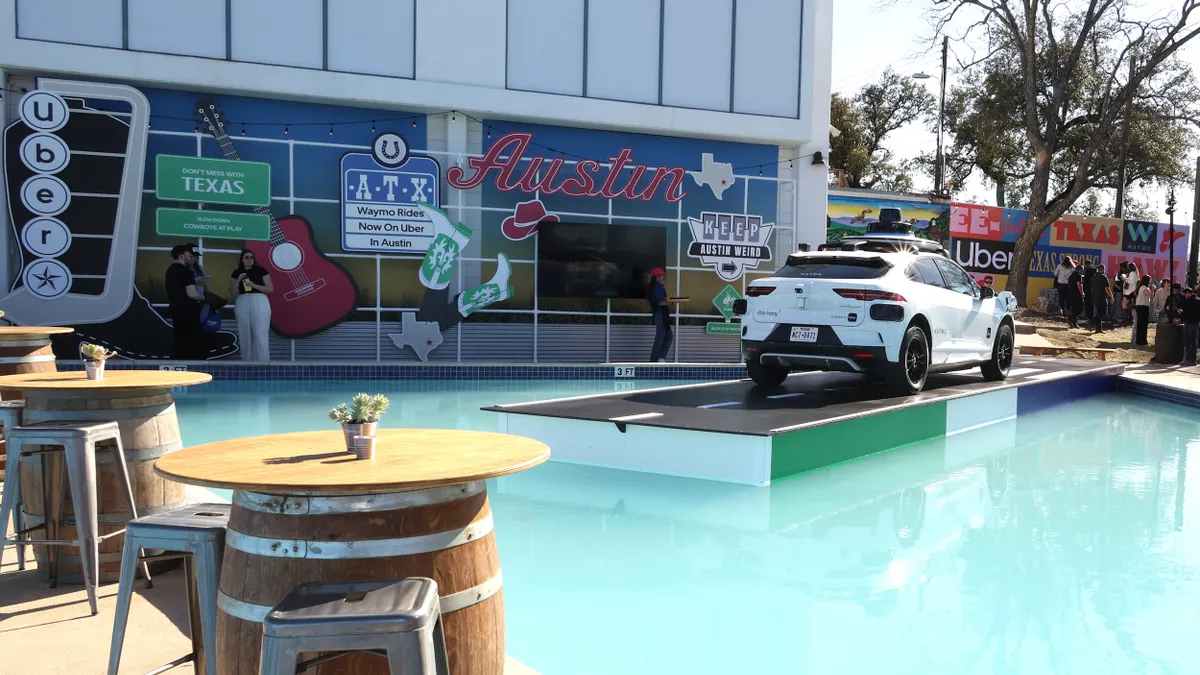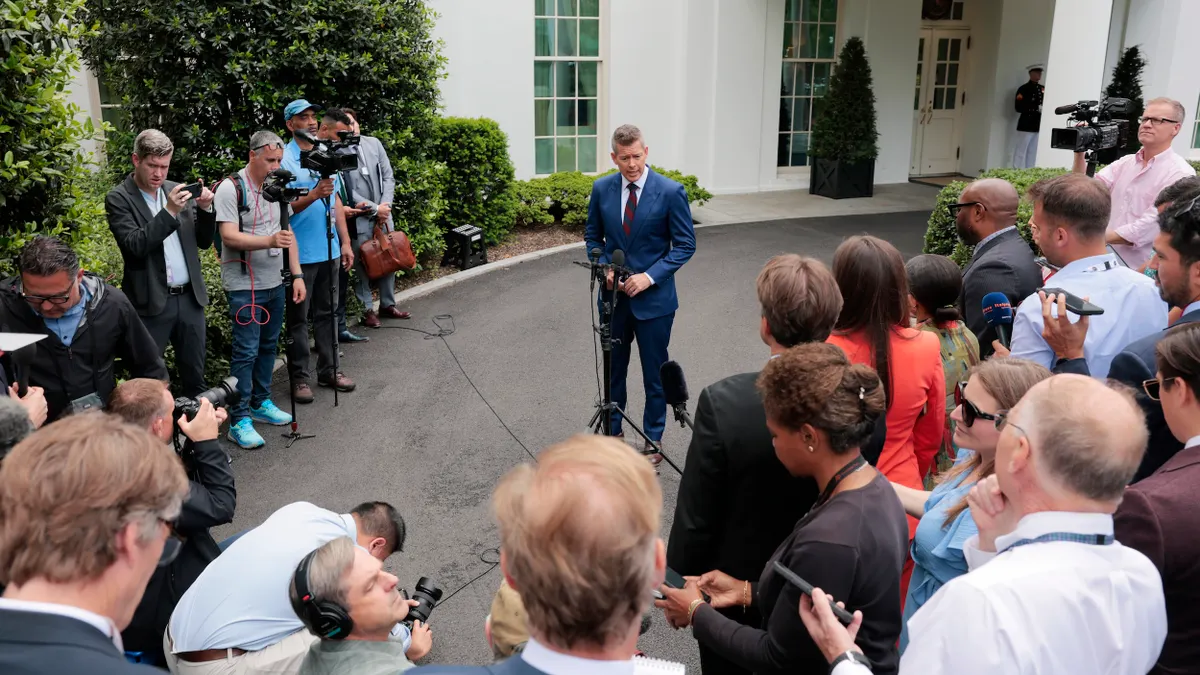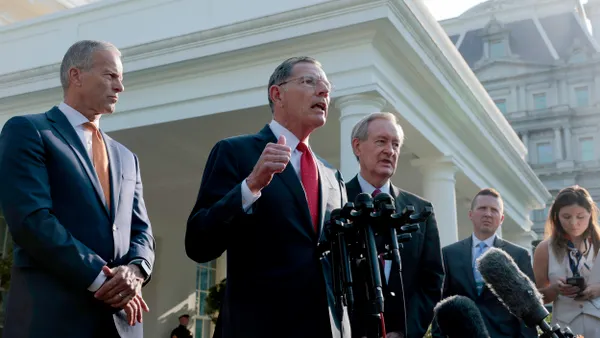Dive Brief:
- For the ninth consecutive year, Massachusetts claimed the top spot in the American Council for an Energy-Efficient Economy's (ACEEE) State Energy Efficiency Scorecard. California, Rhode Island and Vermont followed in the rankings.
- Levels of utility investment in energy efficiency "appear to have plateaued for a number of top-achieving states," according to the report. However, Maryland stood out as the most-improved state after expanding its EmPOWER efficiency program.
- ACEEE pegs efficiency-related employment as one of the largest subsets in the energy sector, accounting for more than 2.3 million jobs in 2018.
Dive Insight:
The state scorecard is an "annual benchmark of policies and programs," according to ACEEE's Senior Director for Policy Maggie Molina. And while the results are mostly about "friendly competition," the assessment can have a real impact.
Massachusetts' efficiency dominance over the years may not generate much suspense but states take notice of what their counterparts are doing.
"We look at this report and see what other states are doing, see what best practices are out there, and then we go about improving our processes accordingly," said Chris Rice, chief of staff at the Maryland Energy Administration.
Rice, Molina and others spoke during a Tuesday webinar announcing ACEEE's findings. Maryland's improvement (up three slots, to No. 7) can be traced back to the state's expansion of its EmPOWER efficiency program. A 2008 law set statewide efficiency goals on a per capital basis, and in 2017, the goal for utilities was expanded to reduce electricity usage 2% annually by 2020.
Utility efficiency programs delivered through the EmPOWER initiative "have steadily evolved in recent years, spurred by robust legislative savings targets," ACEEE concluded. At the same time, Maryland "is also focused on strengthening building codes and growing the adoption of electric vehicles."
"Maryland law requires the state to adopt international building and efficiency standards," said Rice.
On the flip side is Kentucky, which fell furthest in the rankings (dropping nine spots to #38). ACEEE cited a 2018 decision that slashed consumer-facing demand management programs for Kentucky Power. Other utilities in the state have also seen major cuts to their program funding.
"We have one remaining energy efficiency program in Kentucky that assists low income customers with weatherization," Kentucky Power spokesperson Melissa McHenry told Utility Dive in an email. And the utility says it continues to provide customers with energy efficiency information that can help them manage their energy needs.
"We will continue to work with the Public Service Commission to determine the level of customer benefits programs they will support," McHenry sad. "The energy efficiency programs were popular with customers, and we continue to have inquiries about efficiency programs from customers."
But efficiency advocates maintain the resource often pays for itself, in particular when considering benefits outside of saved energy. While renewable energy costs have declined significantly, ACEEE's report notes that efficiency remains the "least-cost energy resource."
Massachusetts views efficiency as the "single largest and most cost effective tool" to meet its climate goals, according to Judith Judson, commissioner of the state's Department of Energy Resources. The state boasts 110,000 clean energy jobs, with the majority in energy efficiency, she said.











